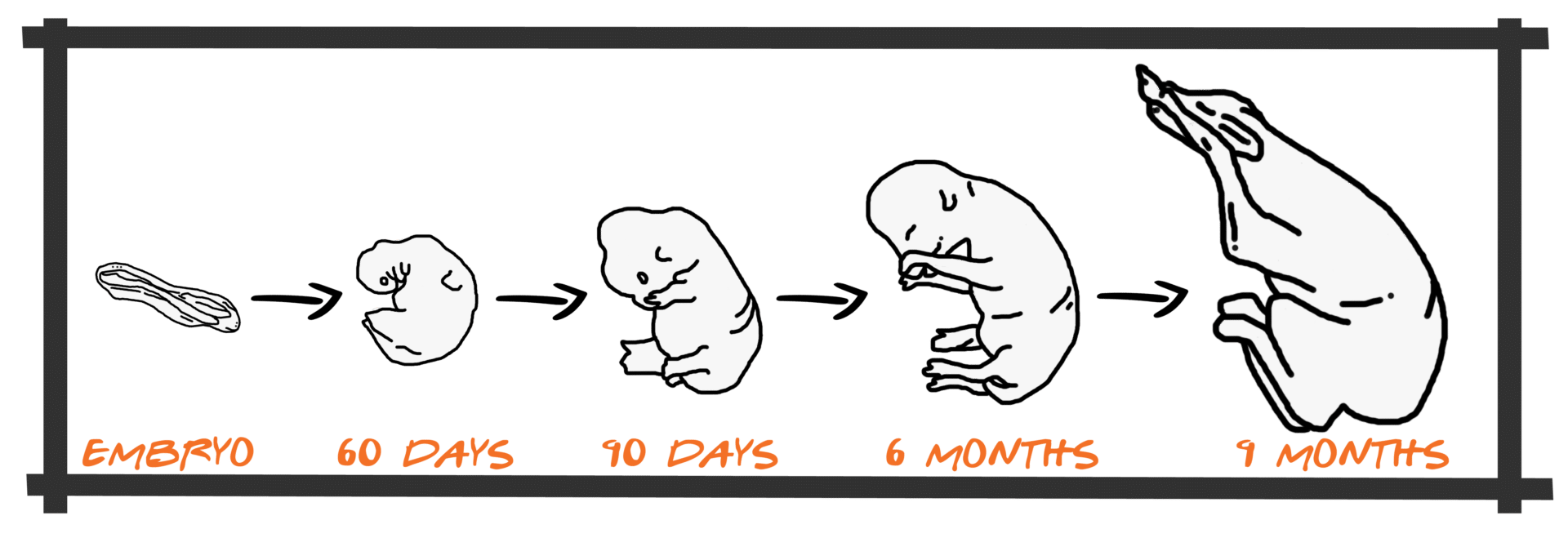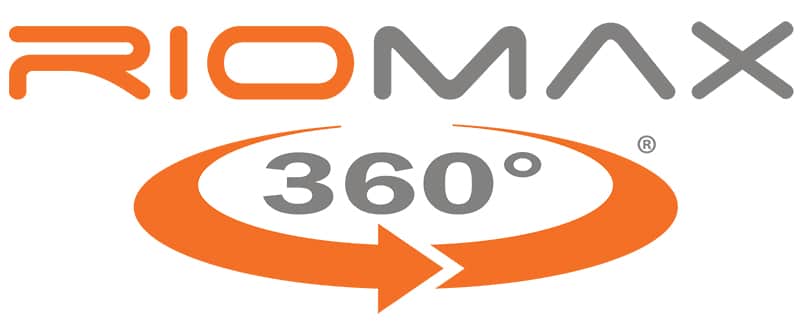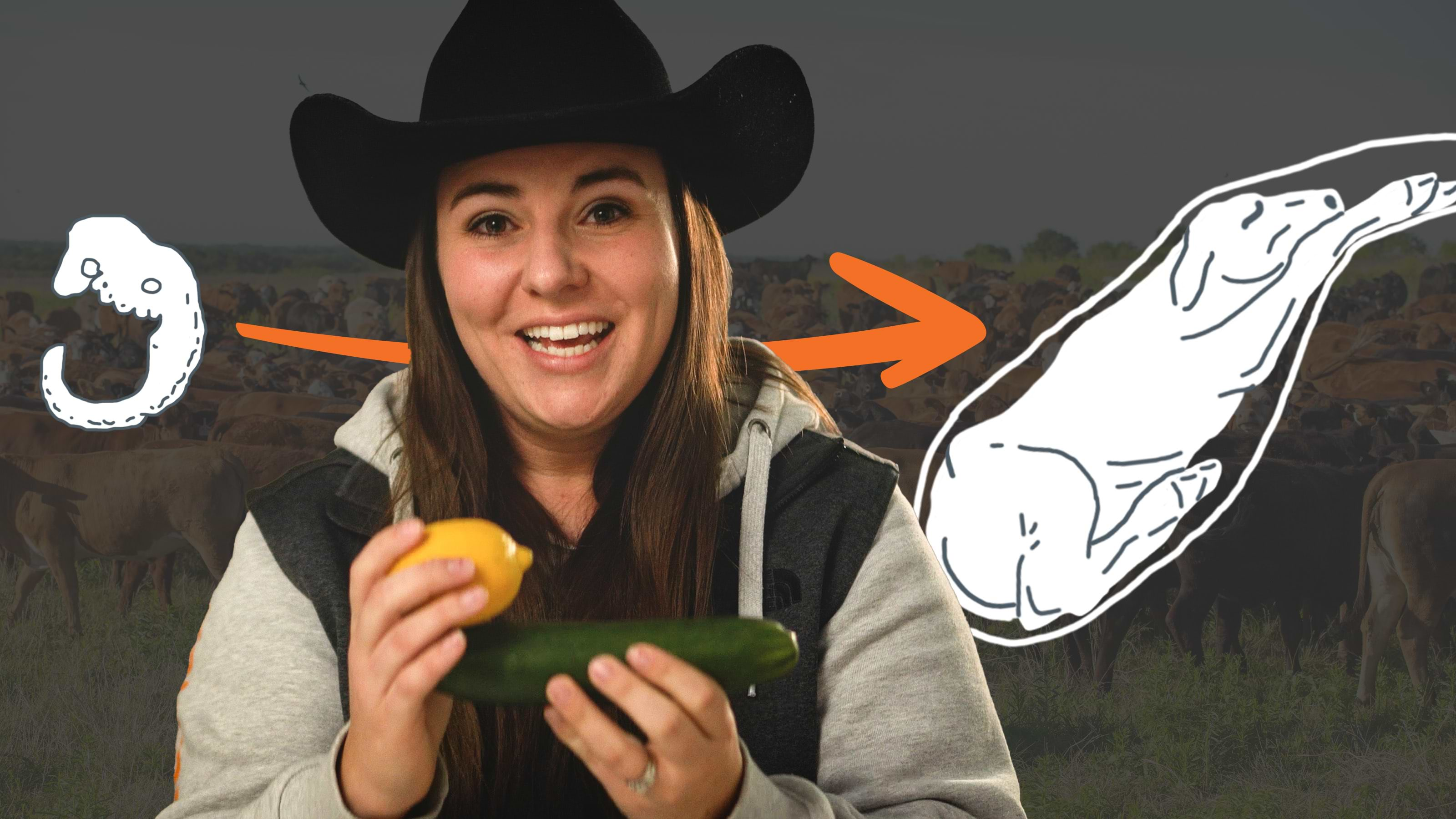Last updated on October 16th, 2023 at 05:12 pm
The term fetal programming is used far more in the industry today than it used to be. Have you ever wanted a simple explanation of what it means and how it ties to cow pregnancy development?
We at Riomax® like to describe fetal programming as something that has a direct impact on maximizing your animal genetics. It comes down to two main factors: your management practices and your cattle nutrition program. These components work hand in hand to develop your animals to their full potential, which at the end of the day, means maximized profit for you.
Fetal programming isn’t something that happens in just one day; it’s somewhat of a process that evolves throughout the development of the calf. For the best chance of fetal programming success, you need to start thinking about it from day one, when the cow is bred.
From the day the cow conceives to the day she calves out, it’s crucial to provide the highest quality nutrition to her, which essentially, is for the calf. That way, the calf will be stronger and more efficient with healthy organs not only when it is born, but for the rest of its life. That, in itself, is fetal development. Give calves the best chance of success by providing them with the quality mineral they need while they’re still a fetus. Then, they’re healthy from day one, they grow and produce more efficiently themselves, and so the cycle continues to create a healthier, stronger, and more efficient herd.
Let’s break it down, so you can see how the whole process works.
Right After Breeding Season, Cattle Fetal Programming Begins
You may not be thinking of calf health and performance during breeding season. Many ranchers wait until the third-trimester to focus on a nutrition plan for the cow. You may even wait until the calf is born before you begin to consider its mineral needs. But did you know that the health and success of the calf start developing during the first couple weeks of its life as a fetus?
Right after the oocytes fertilize, the cells begin to replicate. This is the beginning stage of embryogenesis. By day four, the cells have entered the uterus.
Immediately after the cow is bred is the time you need to start thinking of the calf; how well do you want it to perform at birth, when it’s six months old, and so on? The better you can set the calf up BEFORE it’s born, the better it will perform as it grows, the better its organs will function, and the more efficient that animal will be. Ultimately, it will have a direct impact on your bottom line, because animals that perform well are worth more, right?
Now, although providing mineral to the cow during the third trimester is important, and will absolutely help fill the calf’s mineral bucket, doing that alone is not enough to make a noticeable effect on fetal programming.
For fetal programming to be entirely successful, calves need to have minerals provided to them throughout the whole cow pregnancy, from conception to calving and beyond.
COW FETUS DEVELOPMENT STAGES

30 Days After Conception
Within 30 days, the calf is developed enough that you can detect a heartbeat. Additionally, the fetus’ main organs and extremities are developing.
60 Days After Conception
By nine weeks, the fetus is already three inches long. This shows just how much is developed early on, which is why mineral is critically important at even the very beginning of the pregnancy.
Without high nutritional standards during this period, the fetus has a higher chance of becoming mineral deficient, and its organs are likely to be weaker once it is born. This results in a higher chance of sickness because a mineral-deficient calf with a weak immune system will struggle to fight off disease.
Skimping on mineral to mama cow within the first couple months of pregnancy will have an effect on her calf’s entire life. It won’t perform as well when it is born, it may not grow and develop to its full potential, and if it is a breeding heifer, you may still see effects when it comes time for it to get bred.
The point is, the more you can provide high-quality nutrition to the cows (and therefore, the calves), the stronger, more efficient their organs will be throughout their entire life.
90 Days After Conception
The digestive system starts to develop at about three months, and the fetus is roughly fourteen centimeters long. You can even distinguish each of its four stomachs and the hoofs become distinct.
Growth happens very quickly at this stage, and like anything, the fetus needs food to grow. As its organs develop and its digestive and immune system forms, it is critical that the fetus gets the minerals it requires. This is essentially what will help determine the efficiency of how the animal lives and how it converts feed. This starts in the rumen, which is why the digestive system and stomach need to be strong.
6 Months After Conception
Nine months seems like a while, but the growth happens incredibly fast. At six months, the fetus is already about a foot and a half long, varying slightly between genetics and the breed of the animal.
At this point, the cow is going into her third trimester, during which 70% of the fetus’ growth happens. Third-trimester cow health is commonly talked about in relation to calf health, and while it is a critical span of time, the organ and internal development have already long since started. The third trimester is when the fetus gains the most weight and its extremities grow the fastest.
Month Nine: Ready For Calving
As the third trimester wraps up and the cow enters her ninth month of pregnancy, the calf is about three feet long and its body is covered with hair. The bulk of the animal’s growth happens in the last few months, and that’s why third-trimester nutrition is an essential component to healthy calves on the ground.
But at the same time, there really is no one month or trimester that should be considered less important for mineral supplementation. There is so much essential development happening throughout the entire pregnancy, from the day the cow conceives to the very end when she calves out.
Fetal Programming: The Cycle Continues
If you are a cow/calf operation, you likely breed with intent. That simply means you breed your cows with a goal in mind, whether it be to keep the animals for breeding stock, to sell the bulls or heifers for breeding stock, or to send them to a feedlot and feed them out for steaks. Whatever your individual operation’s goal is, it all starts the day the cow conceived.
You may have assumed that fetal programming only happens during one stage of the cow’s pregnancy. It’s true that the animal grows the most at this stage, but fetal programming takes place all the way from conception to birth. Some of the calf’s most important organs that it needs to survive are developed the earliest in the pregnancy.
When looking to amplify the genetics and further build out your own operation, you must consider the importance of cow/calf nutrition from day one; that’s how you will create the optimal impact on the calf’s life through fetal programming.
What goals do you have for your ranching operation?
Sure, they may vary from year to year, but having a clear understanding of your ranch goals will help you see why constant cow nutrition is absolutely crucial. Once you set a high nutrition standard for your cows throughout their entire pregnancy, you’ll begin to see direct positive impacts on the efficiency and production of your calf crop not only now, but for years to come.



